Forums
- Forums
- Duggy's Reference Hangar
- Luftwaffe Library
- Heinkel He 70 Blitz
Heinkel He 70 Blitz
Post a reply
- Go to Previous topic
- Go to Next topic
- Go to Welcome
- Go to Introduce Yourself
- Go to General Discussion
- Go to Screenshots, Images and Videos
- Go to Off topic
- Go to Works in Progress
- Go to Skinning Tips / Tutorials
- Go to Skin Requests
- Go to IJAAF Library
- Go to Luftwaffe Library
- Go to RAF Library
- Go to USAAF / USN Library
- Go to Misc Library
- Go to The Ops Room
- Go to Made in Germany
- Go to Campaigns and Missions
- Go to Works in Progress
- Go to Juri's Air-Raid Shelter
- Go to Campaigns and Missions
- Go to Works in Progress
- Go to Skinpacks
- Go to External Projects Discussion
- Go to Books & Resources
-
3 years agoThu Dec 29 2022, 07:08pmDuggy
 Main AdminThe Heinkel He 70 Blitz ("lightning") was a German mail plane and fast passenger monoplane aircraft of the 1930s designed by Heinkel Flugzeugwerke, which was later used as a bomber and for aerial reconnaissance. It had a brief commercial career before it was replaced by larger types. The He 70 had set eight world speed records by the beginning of 1933.
Main AdminThe Heinkel He 70 Blitz ("lightning") was a German mail plane and fast passenger monoplane aircraft of the 1930s designed by Heinkel Flugzeugwerke, which was later used as a bomber and for aerial reconnaissance. It had a brief commercial career before it was replaced by larger types. The He 70 had set eight world speed records by the beginning of 1933.
Design and development
The Heinkel He 70 Blitz (Lightning) was designed in the early 1930s as a mailplane for Deutsche Lufthansa in response to a request for an aircraft faster than the Lockheed Model 9 Orion (used by Swissair) to service short routes.
It had a cantilever low-wing monoplane, with an aerodynamically efficient elliptical wing and retractable undercarriage, and a single nose-mounted engine.
In order to meet the demanding speed requirements, care was taken to minimize drag, with flush rivets giving a smooth surface, and fully retractable main landing gear. The tail wheel was not retractable. It was powered by a 470 kW (630 hp) BMW VI V-12 engine cooled with ethylene glycol rather than water. This allowed a smaller radiator to be used, which also retracted at high speed to further reduce drag. The pilot and radio operator were seated in tandem, followed by a cabin seating four passengers in pairs facing each other. and proved to have excellent performance, setting eight world records for speed over distance, and reaching a maximum speed of 377 km/h (234 mph).
Operational history
Luft Hansa operated He 70s between 1934 and 1937 for a fast flight service which connected Berlin with Frankfurt, Hamburg and Cologne, as well as between Cologne and Hamburg.
He 70s were flown abroad from Stuttgart to Seville between 1934 and 1936. The route was part of the South America mail service provided by Luft Hansa that continued via Bathurst, The Gambia to Natal, Brazil, using Junkers Ju 52/3m and Dornier Wal flying boats.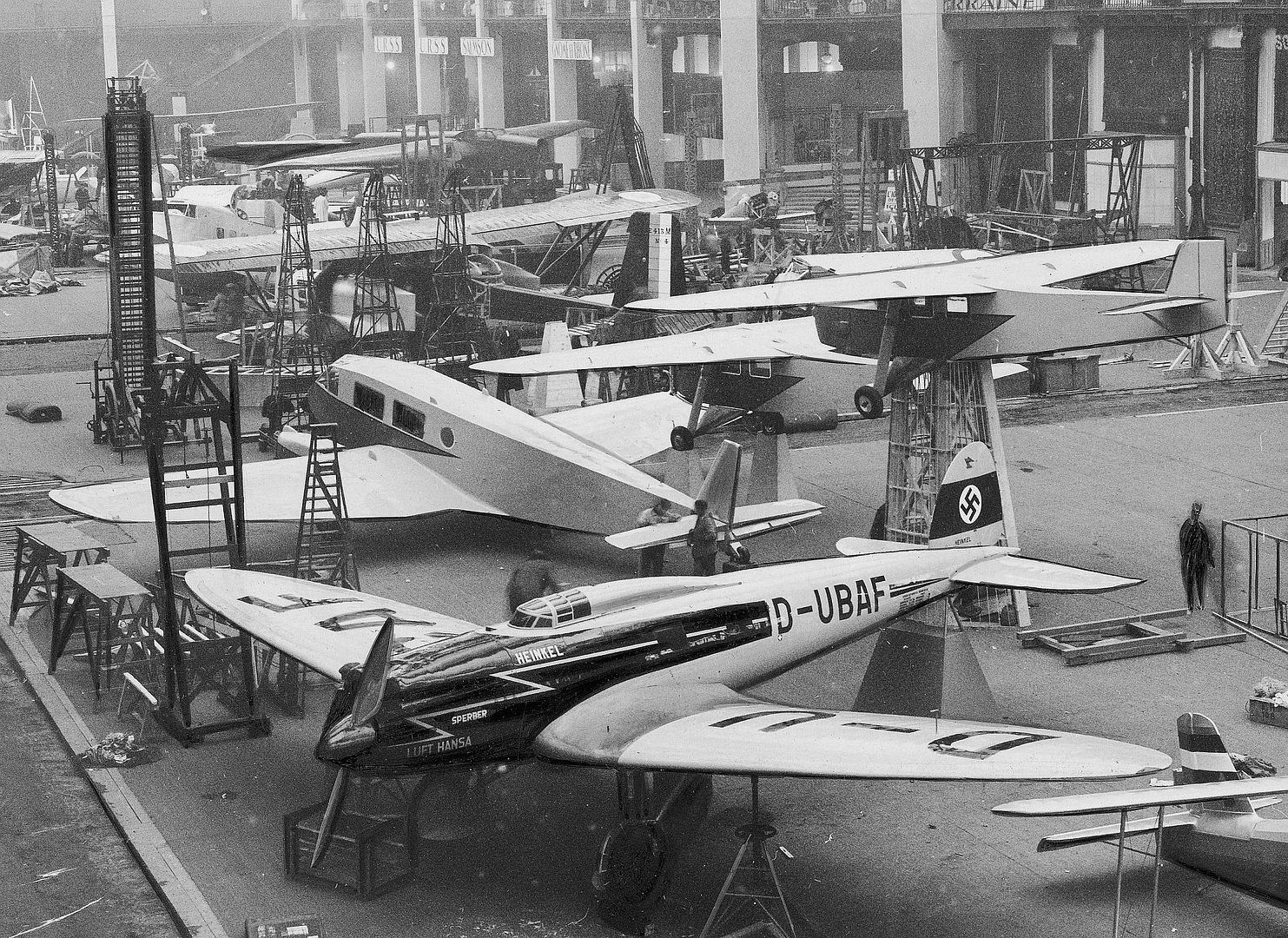
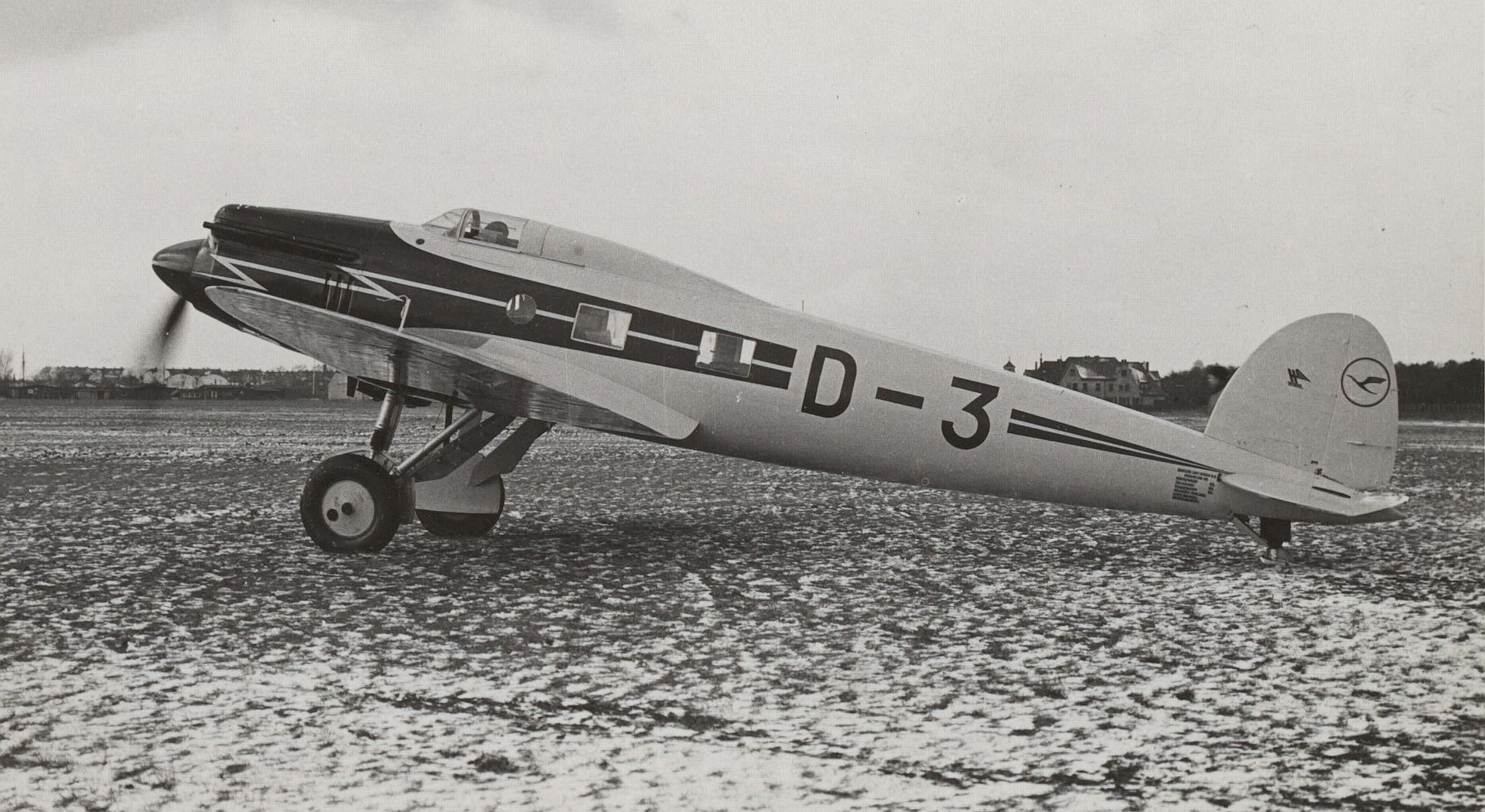

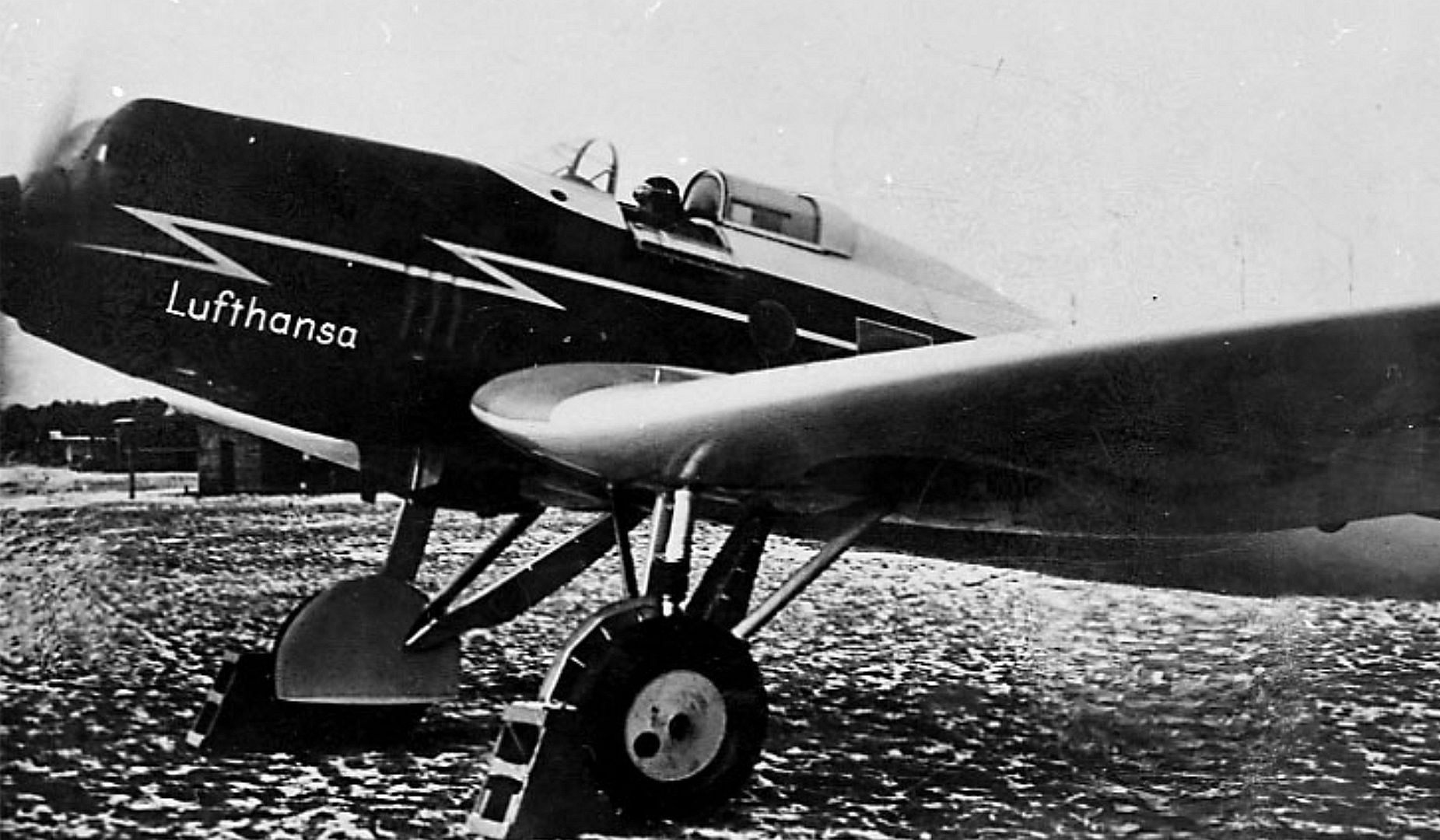
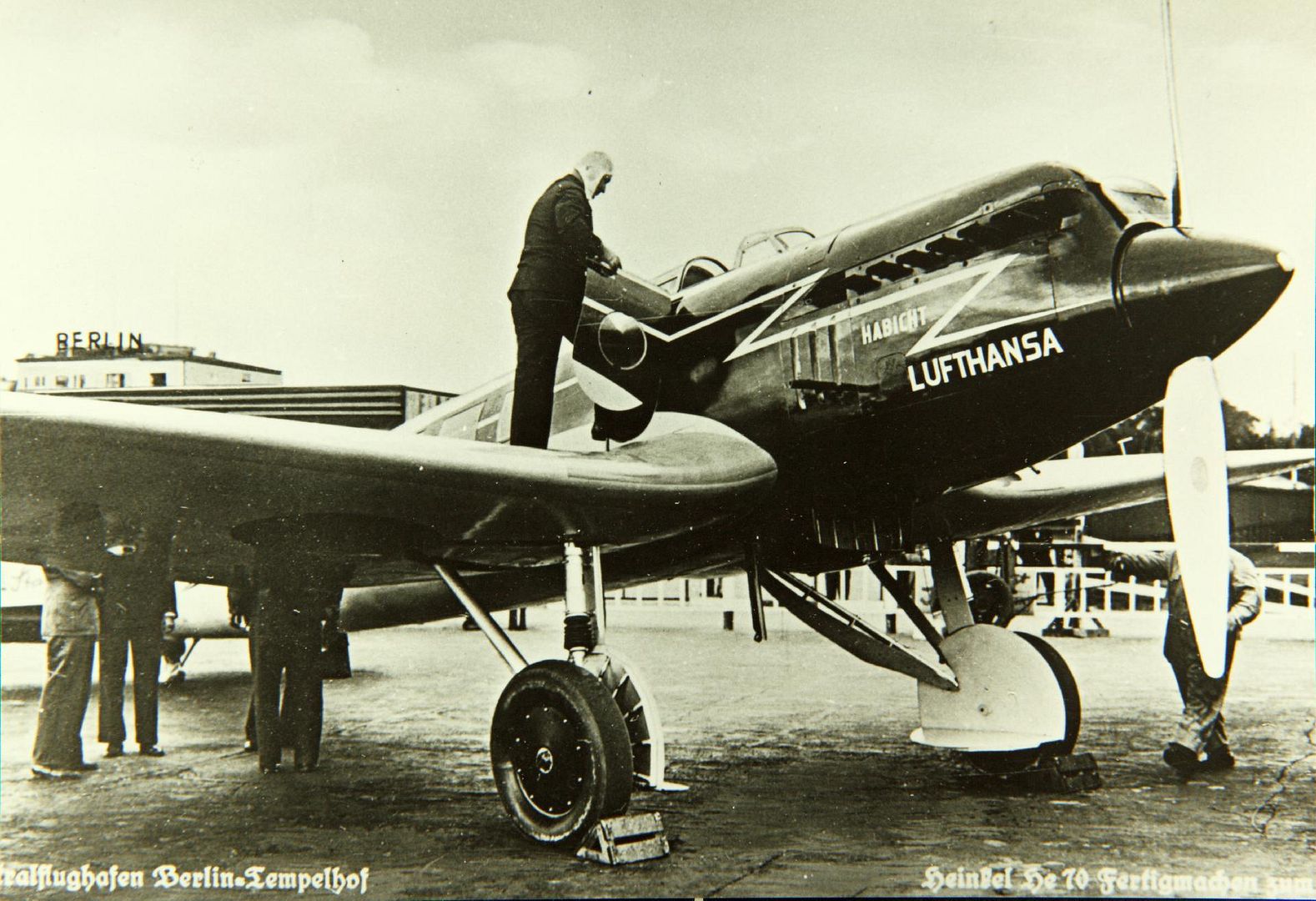
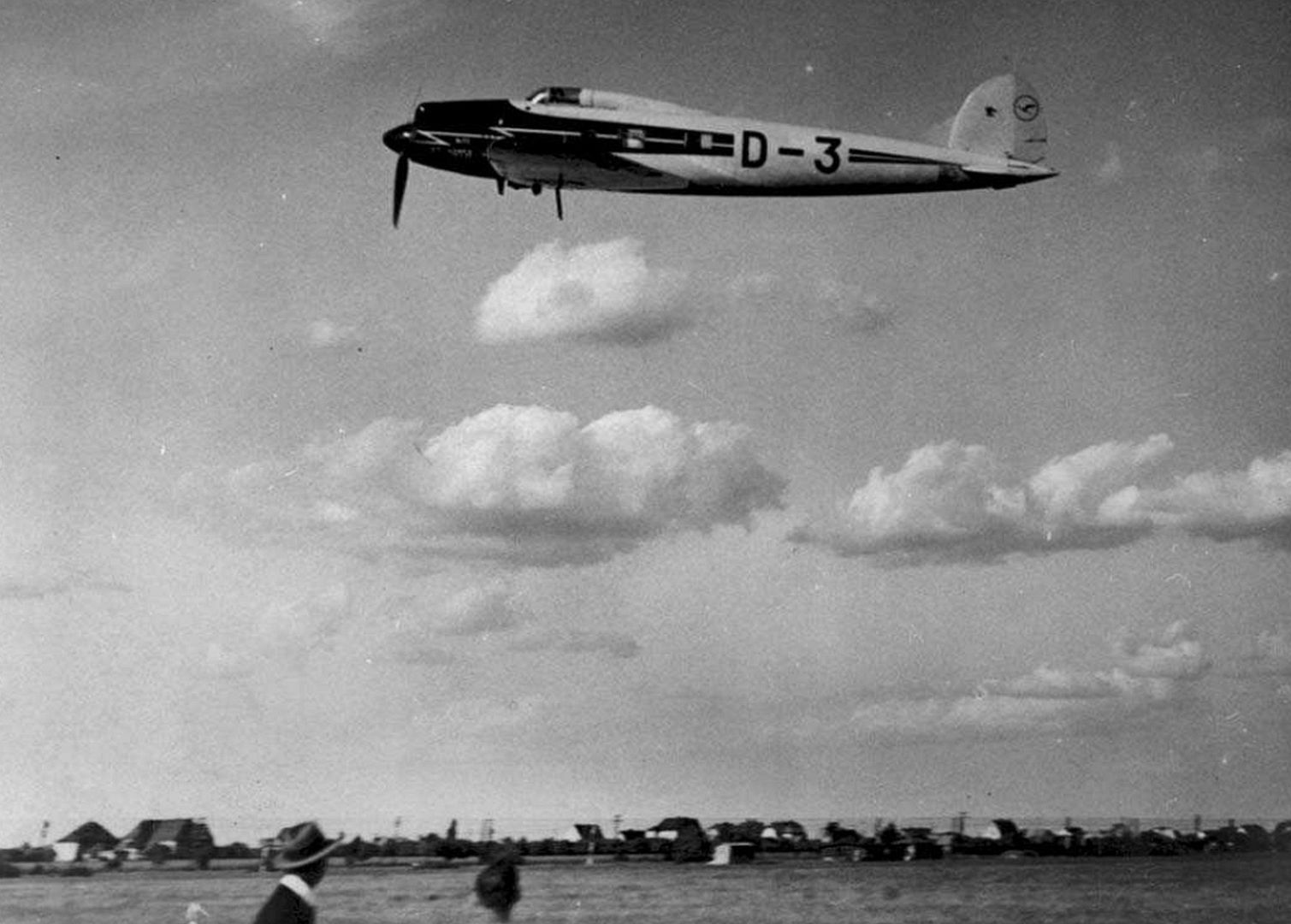
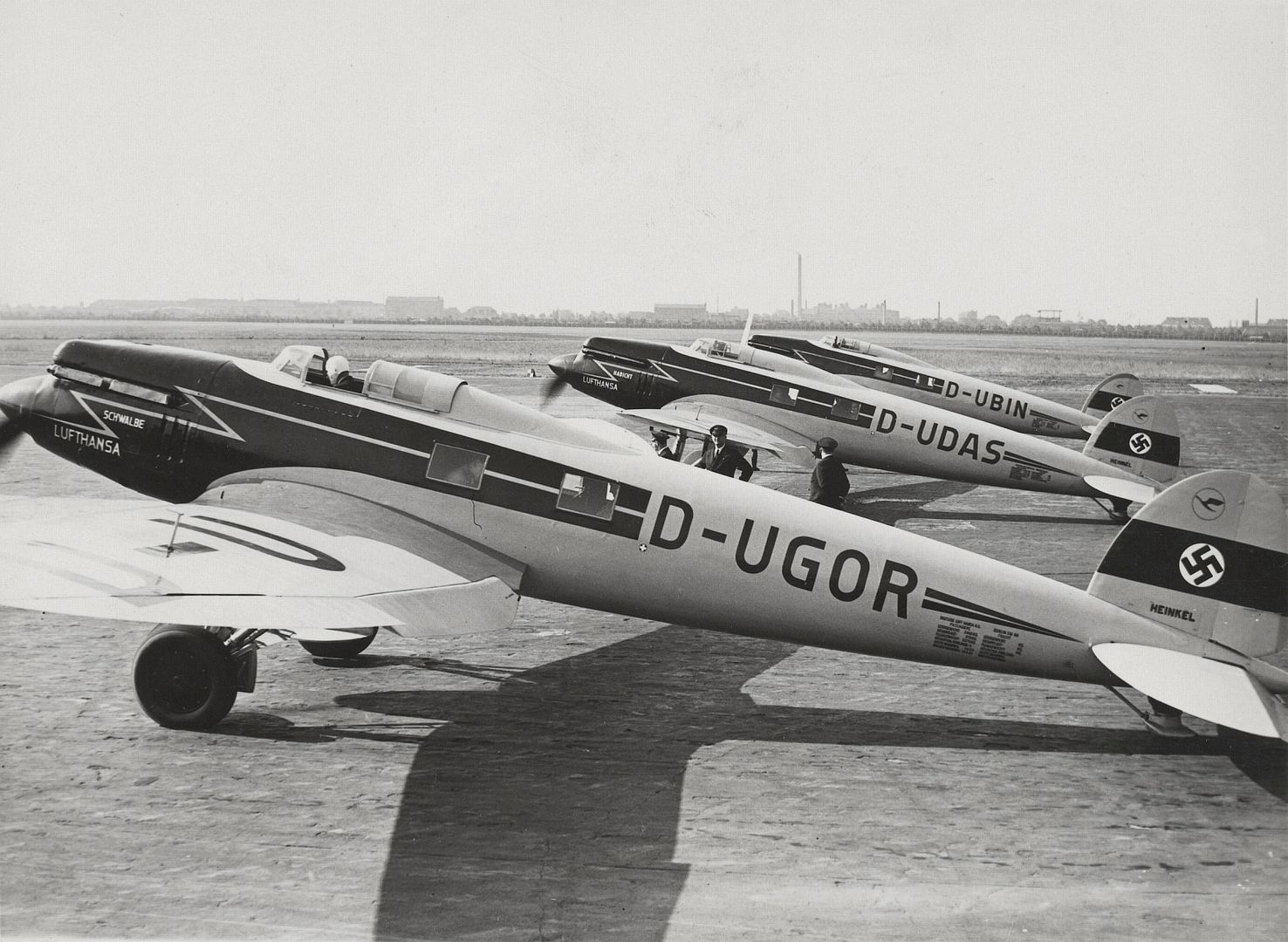
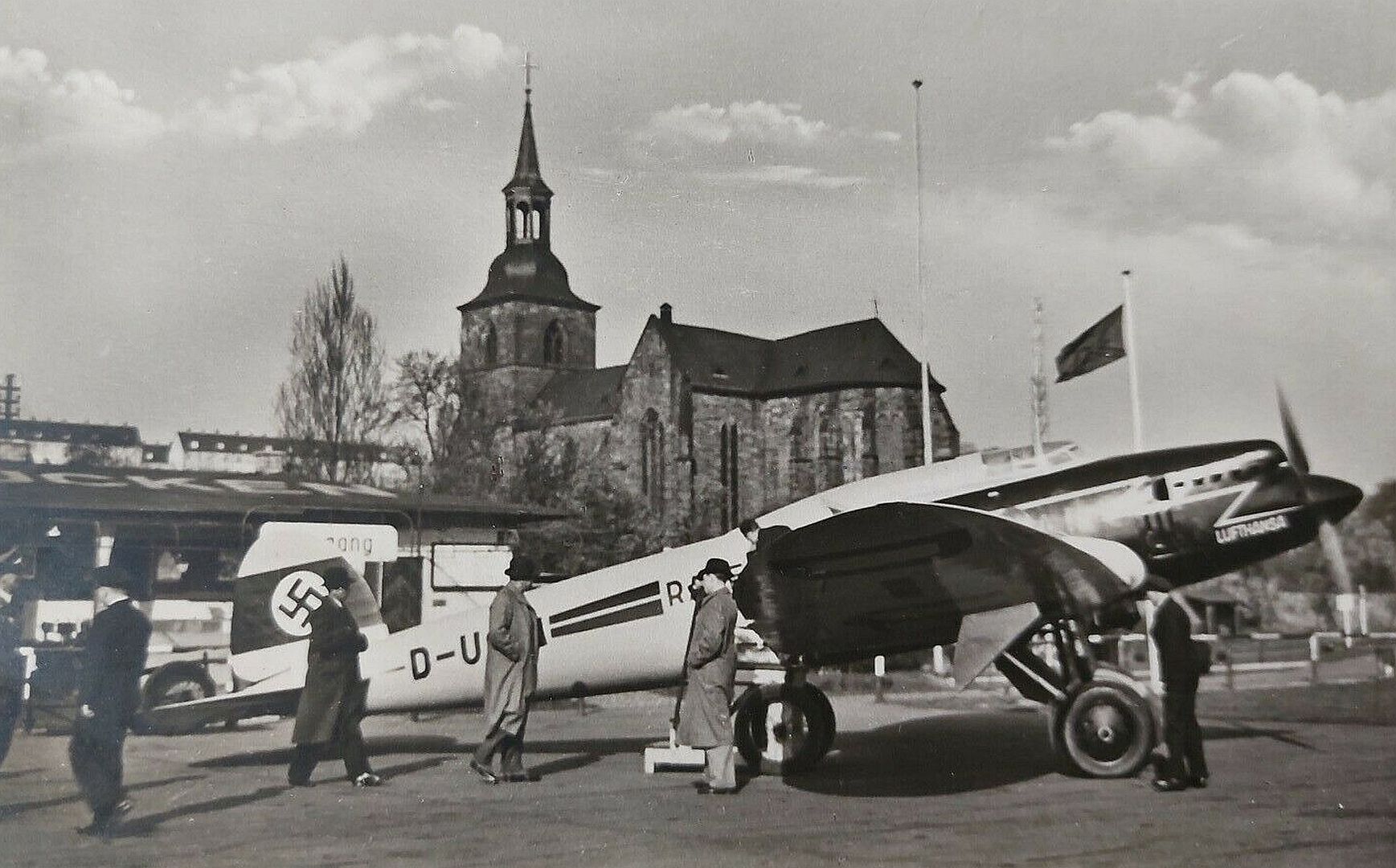
Remaining aircraft were transferred to the Luftwaffe in 1937.
One used by Rolls-Royce (G-ADZF) for flight test of the Kestrel and Peregrine engines at representative speeds. Also allowed development of ancillary systems such as radiator installations, propellers, oil coolers and exhaust systems.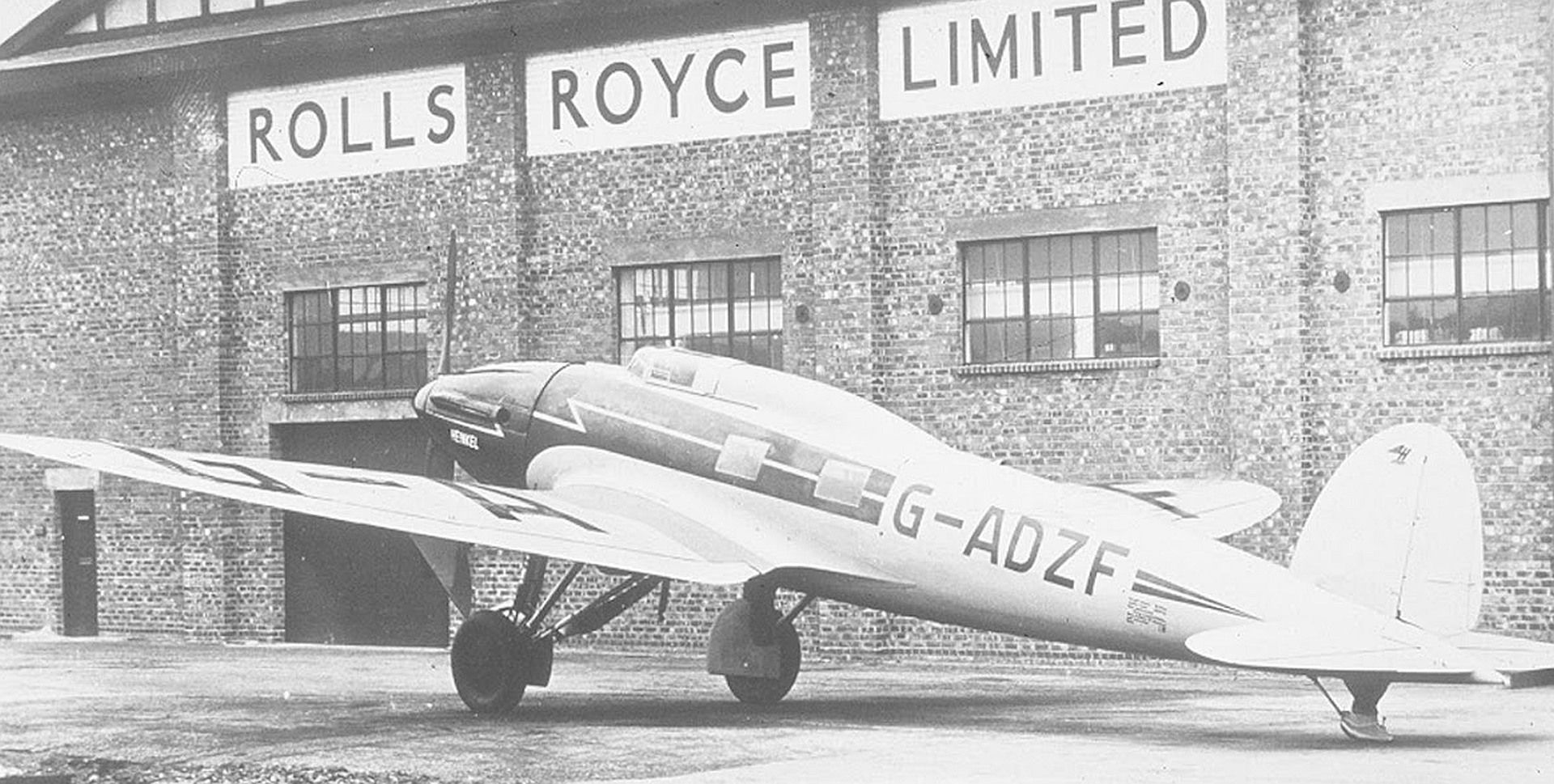
Military use
The Luftwaffe operated He 70s from 1935, initially as a light bomber and reconnaissance aircraft. As soon as purpose built designs became available, it was relegated to use as a liaison and courier aircraft.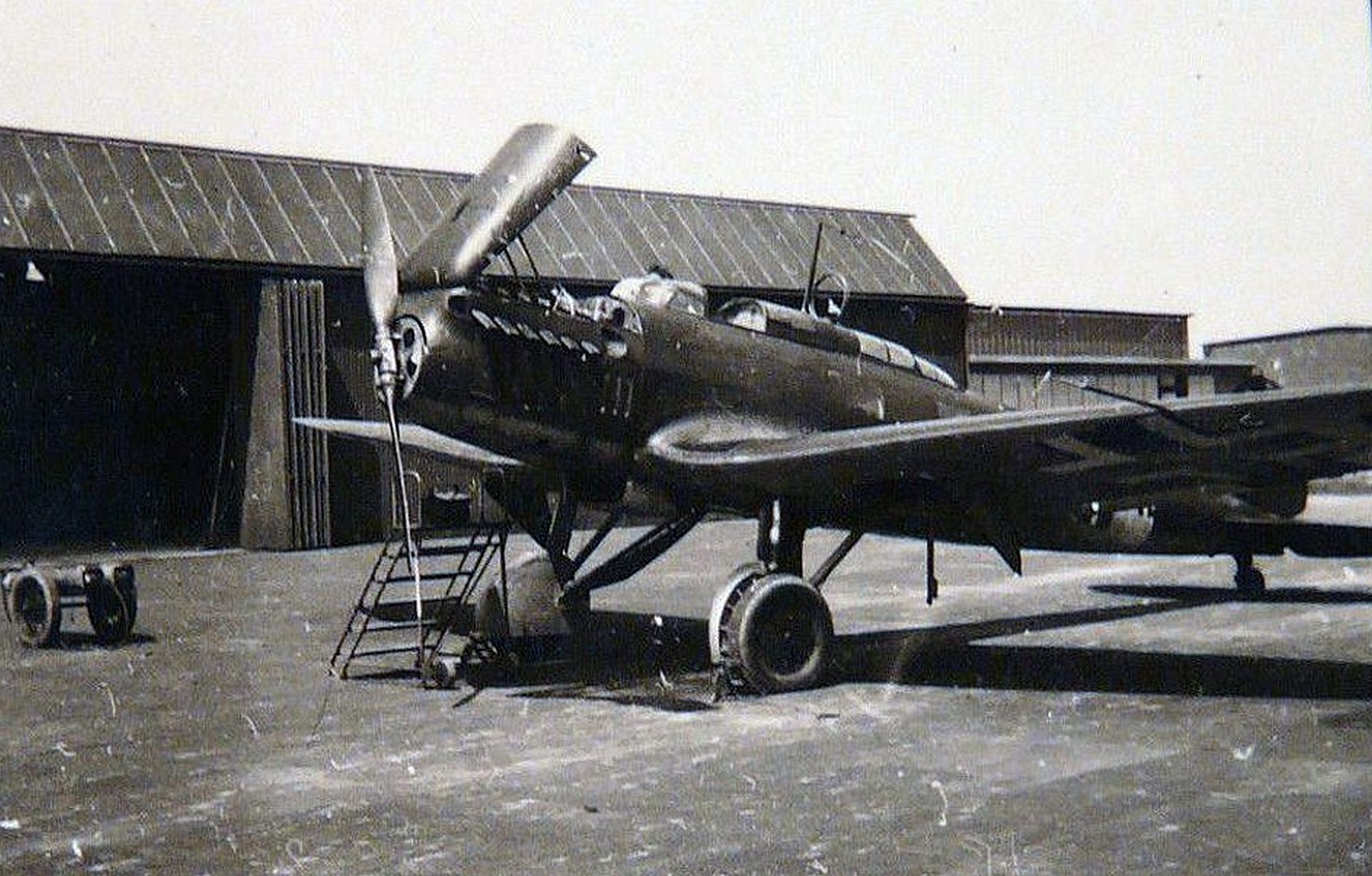
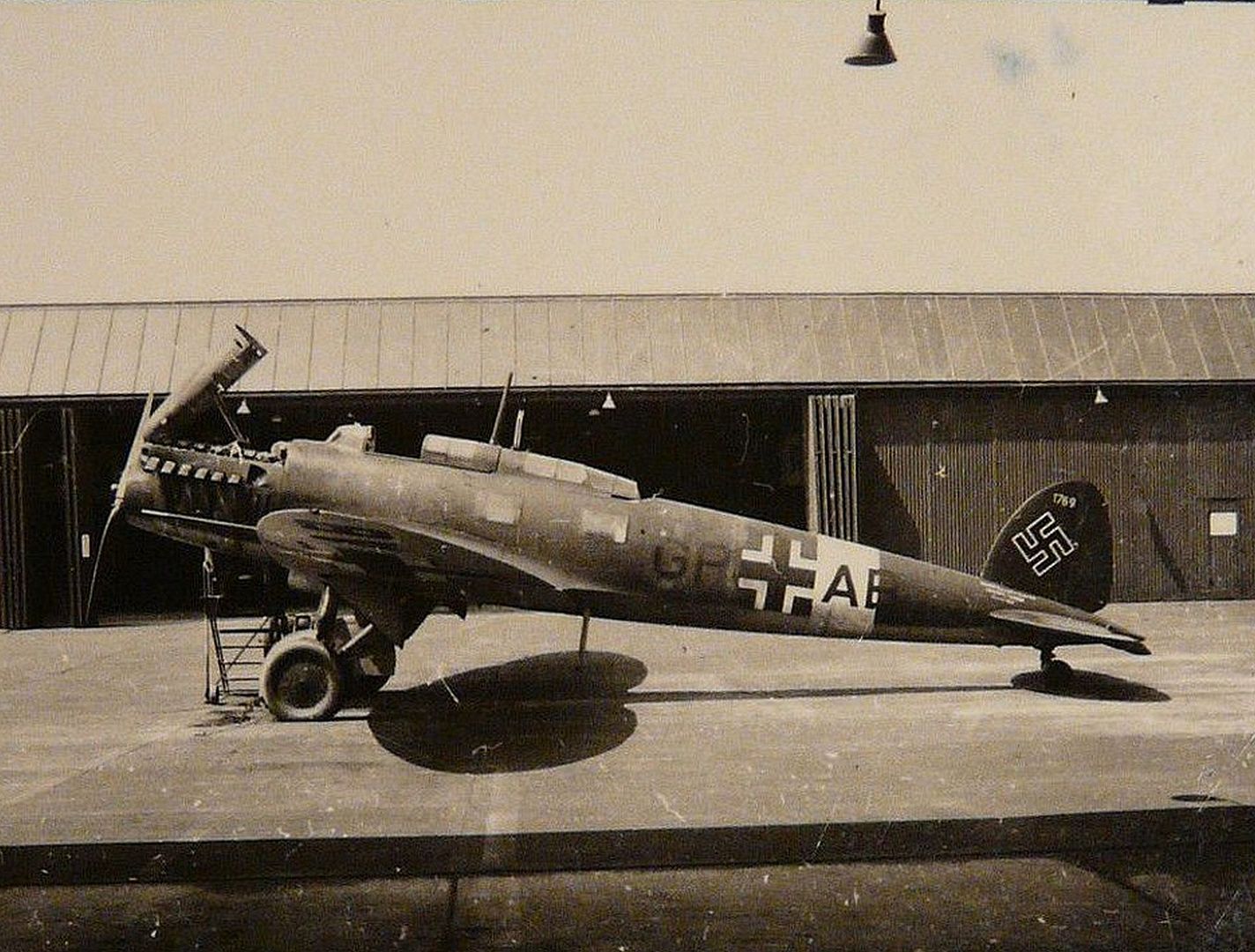
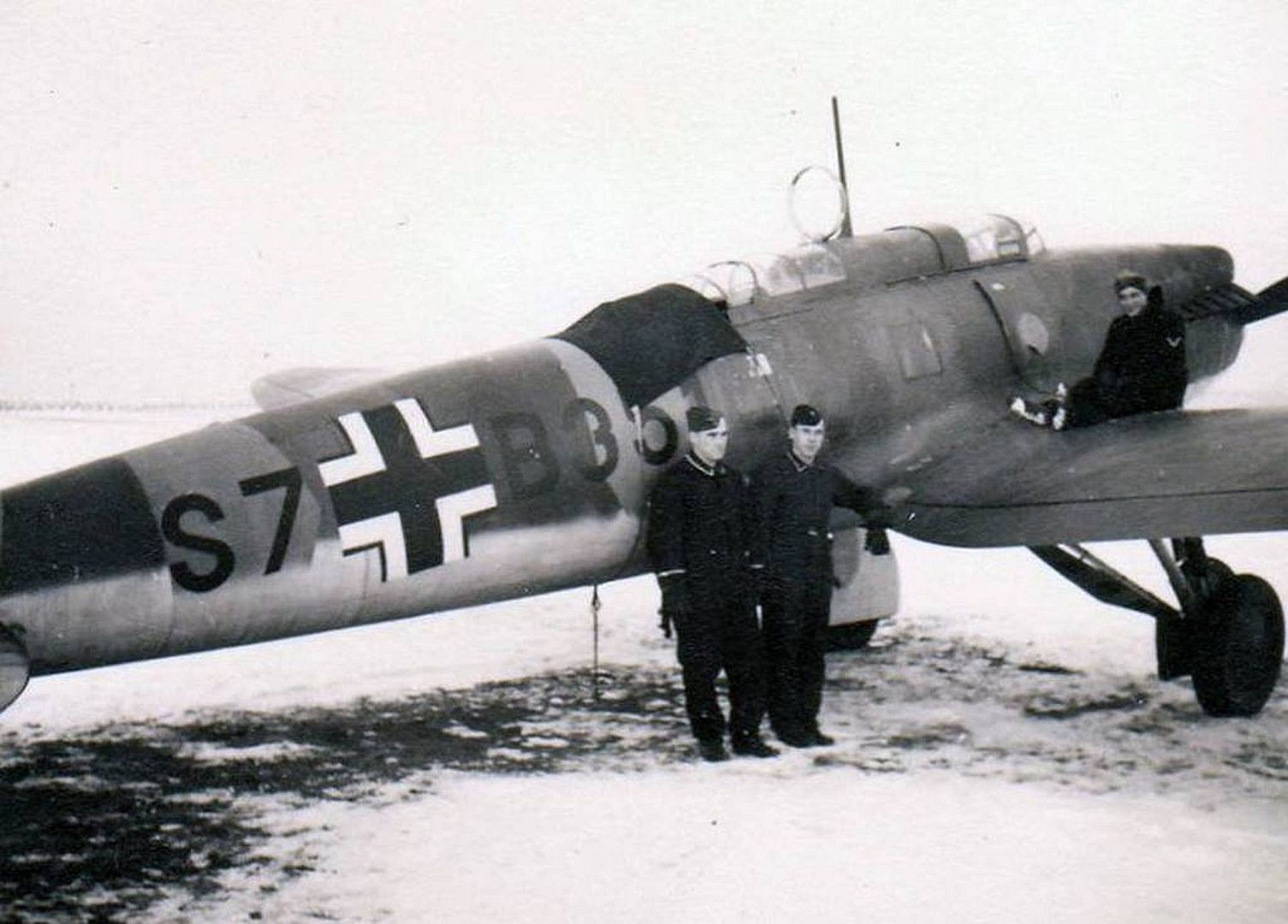

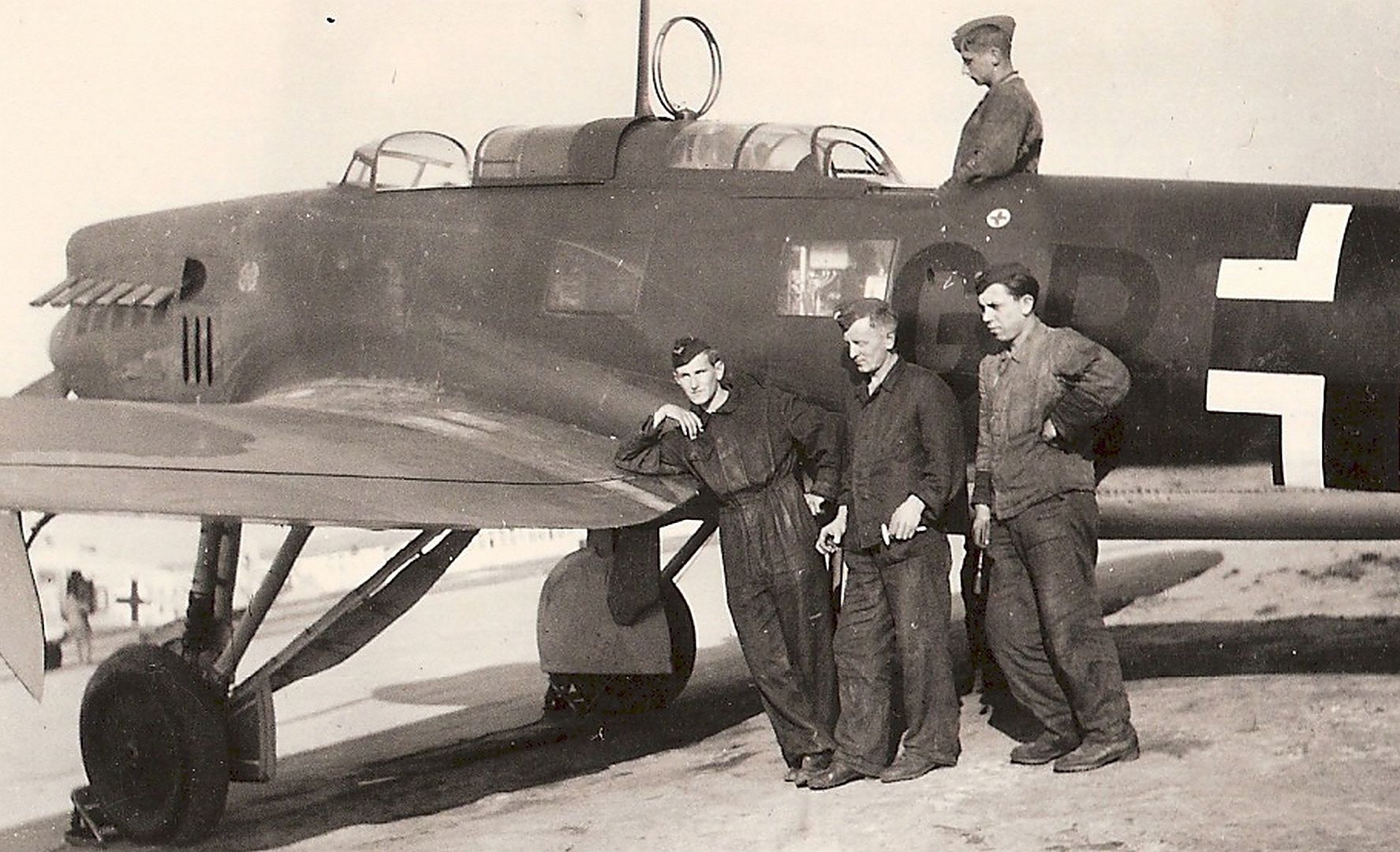

Twenty-eight aircraft were sent in the late 1930s to Spain with the German-manned Legion Condor, where they were used during the Spanish Civil War as fast reconnaissance aircraft. There they were known as the Rayo, Spanish for "lightning".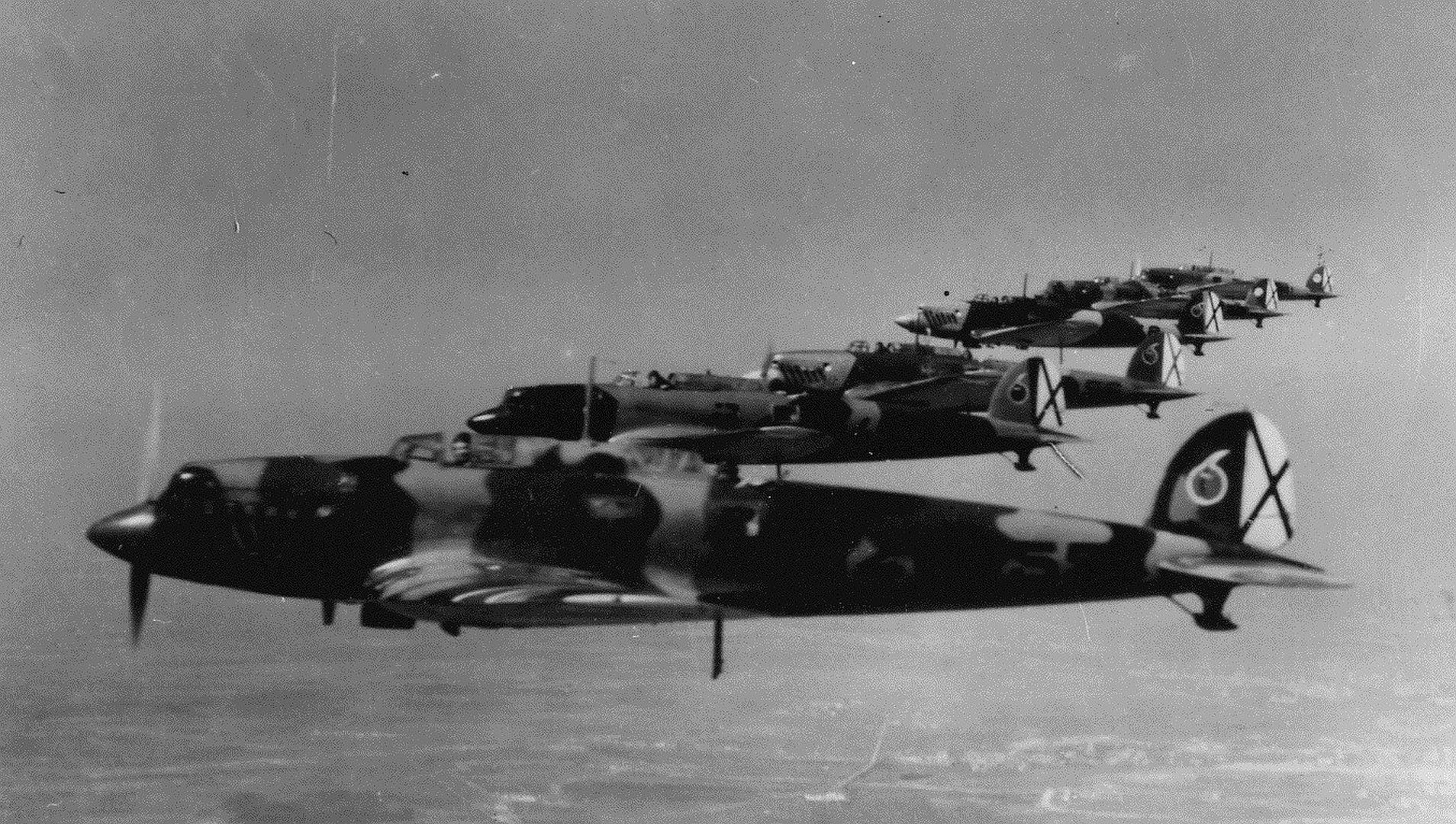
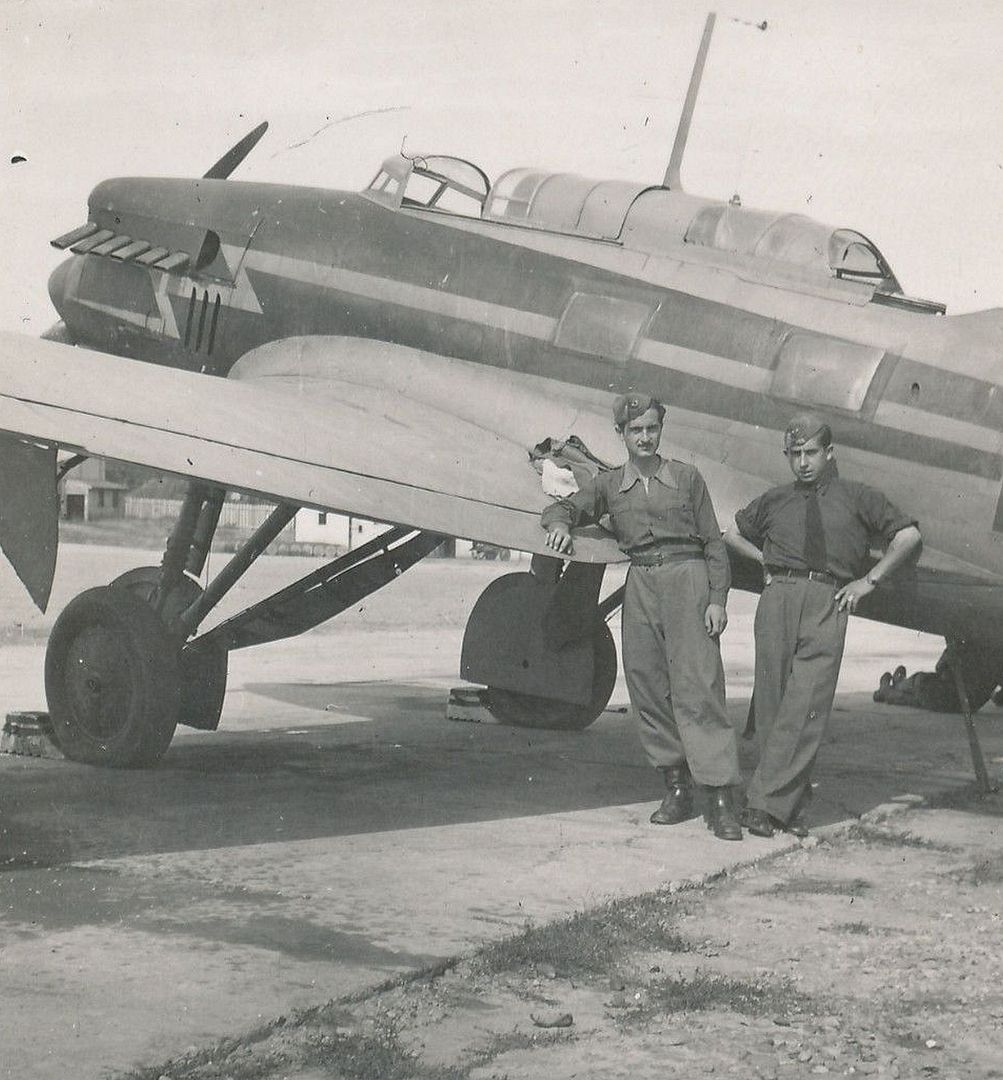
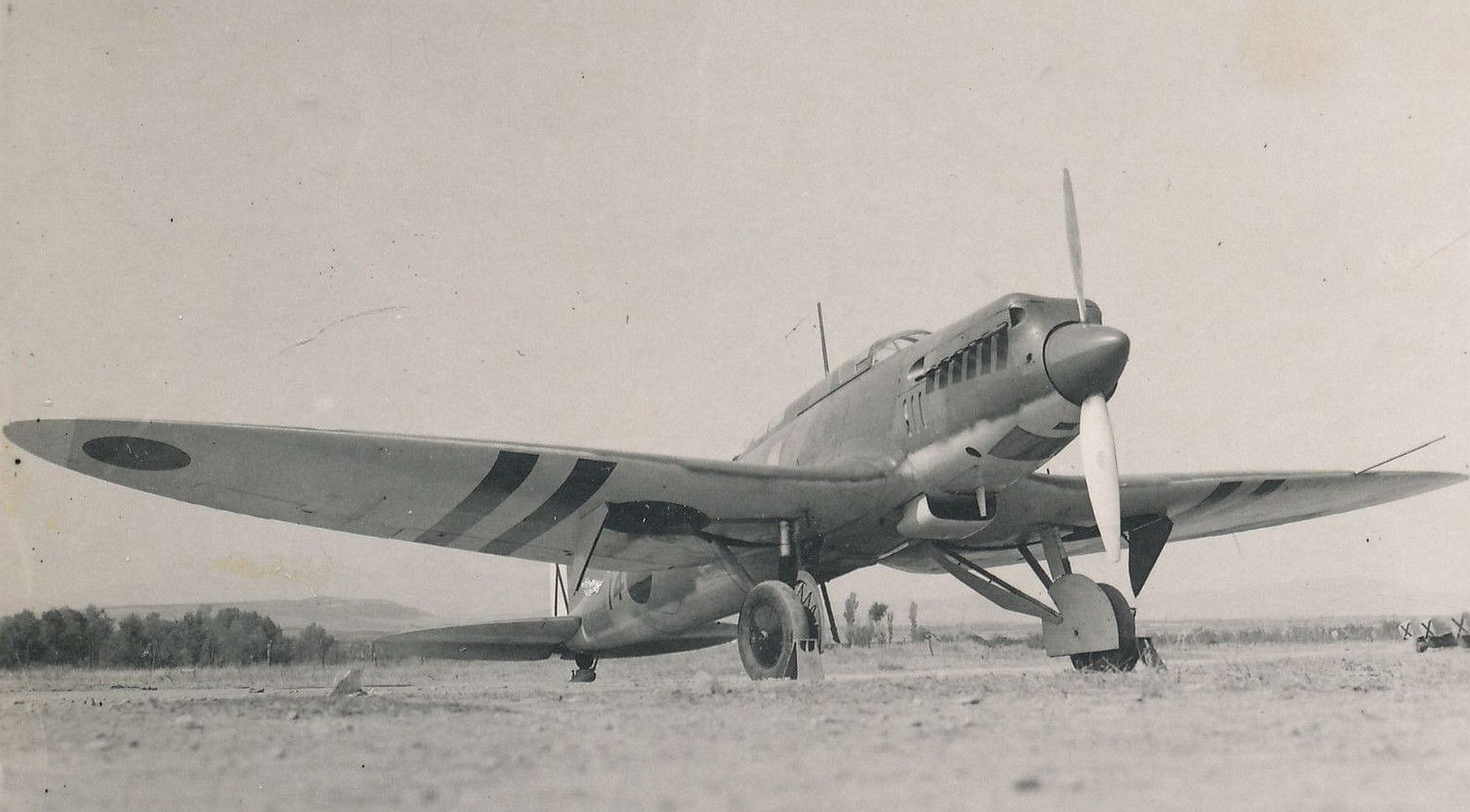
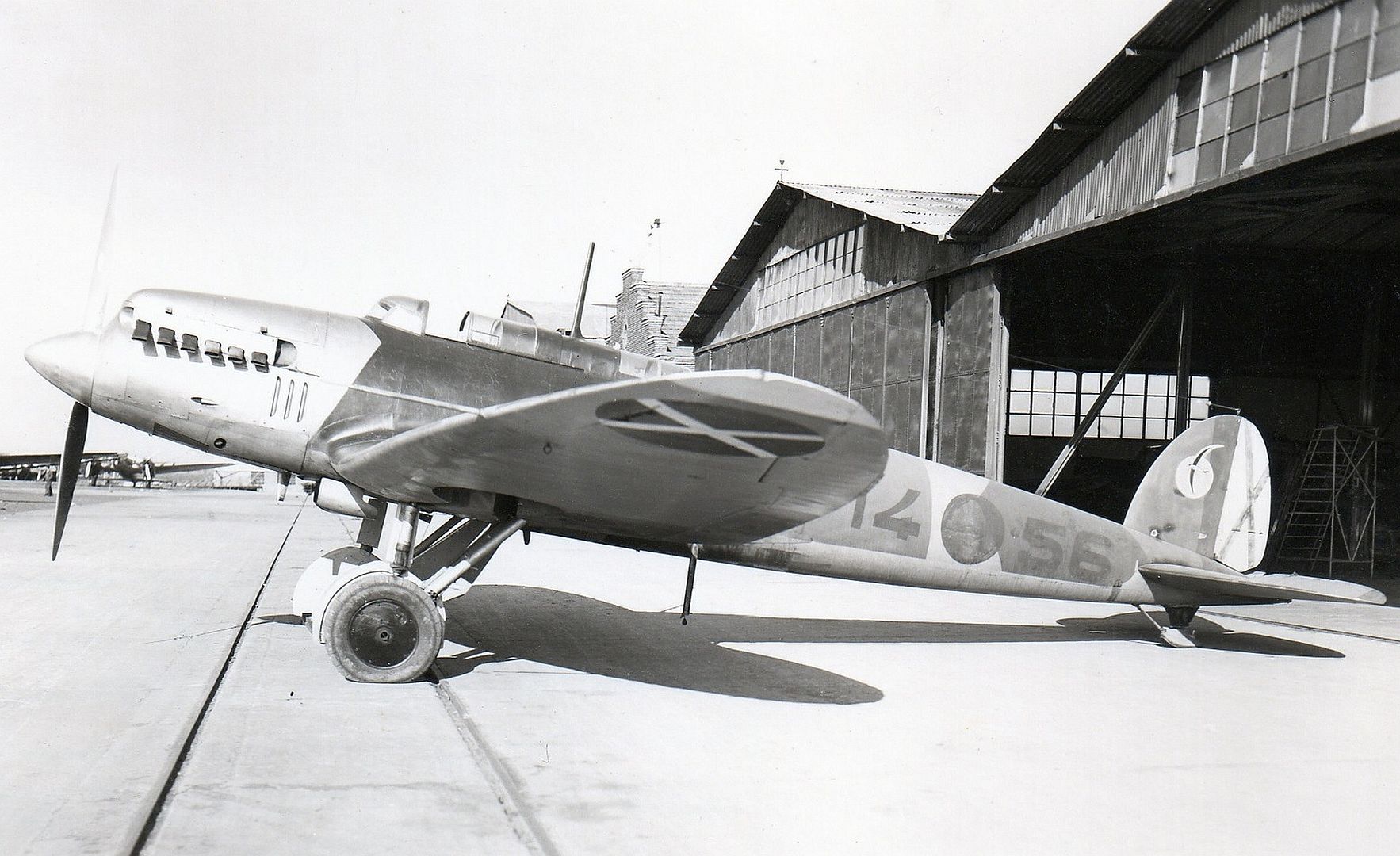
He 170
The He 70K (later given the RLM number: He 170) was a fast reconnaissance airplane export variant used by the Hungarian air force. Powered by a Gnome-Rhône Mistral Major radial engine, the engines were built under license in Hungary as the WM-K-14, but the air frame and final assembly were in Germany.The new engines raised the top speed of the aircraft from 360 to 435 km/h (224 to 270 mph).18 were used by the Royal Hungarian Air Force from 1937 to 1942.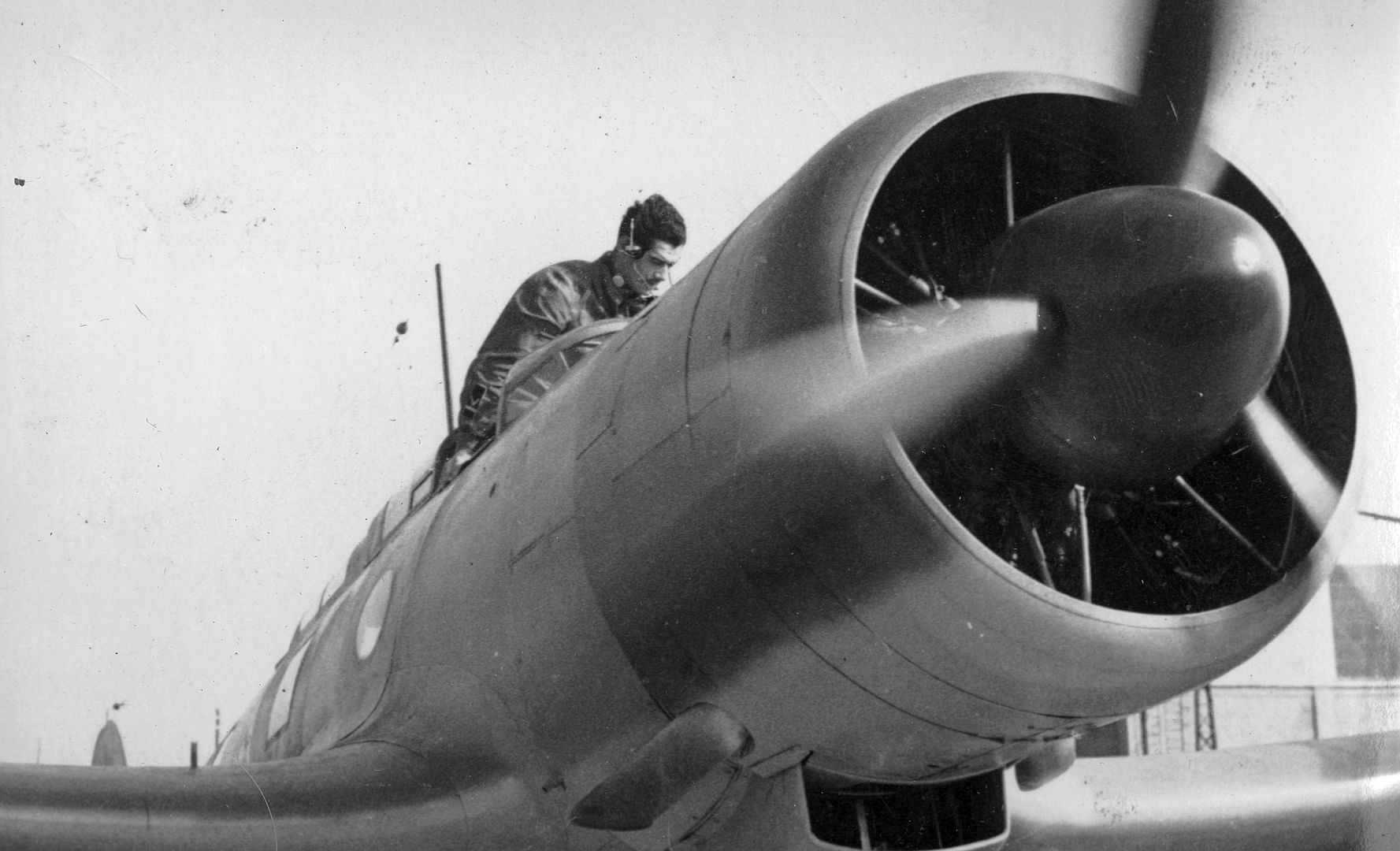
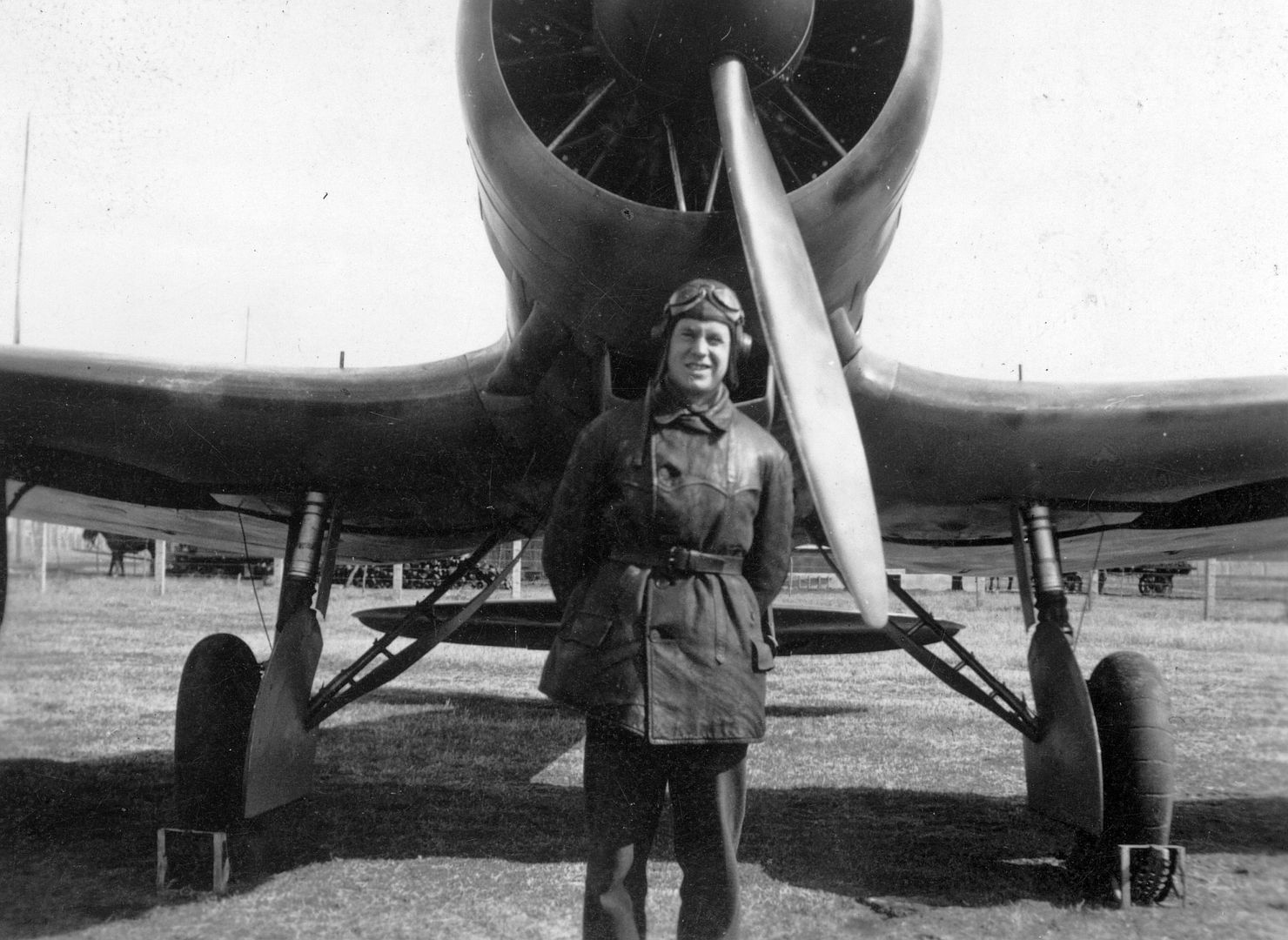
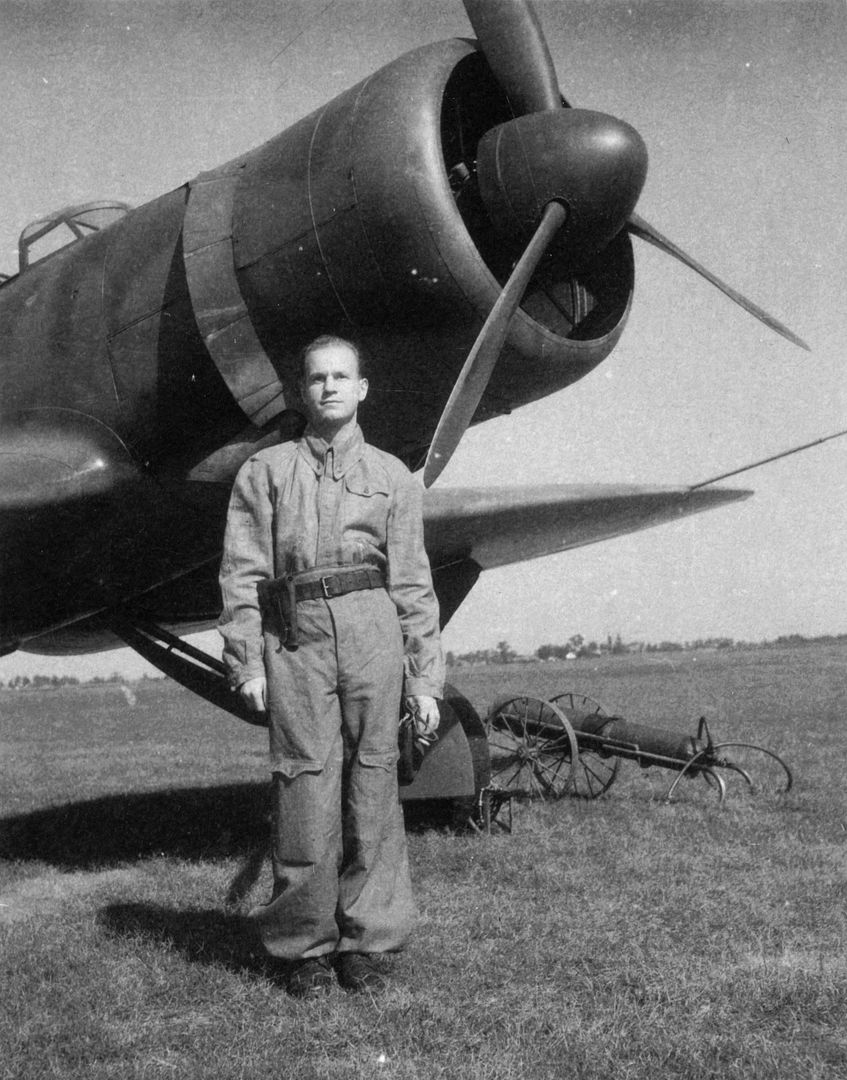

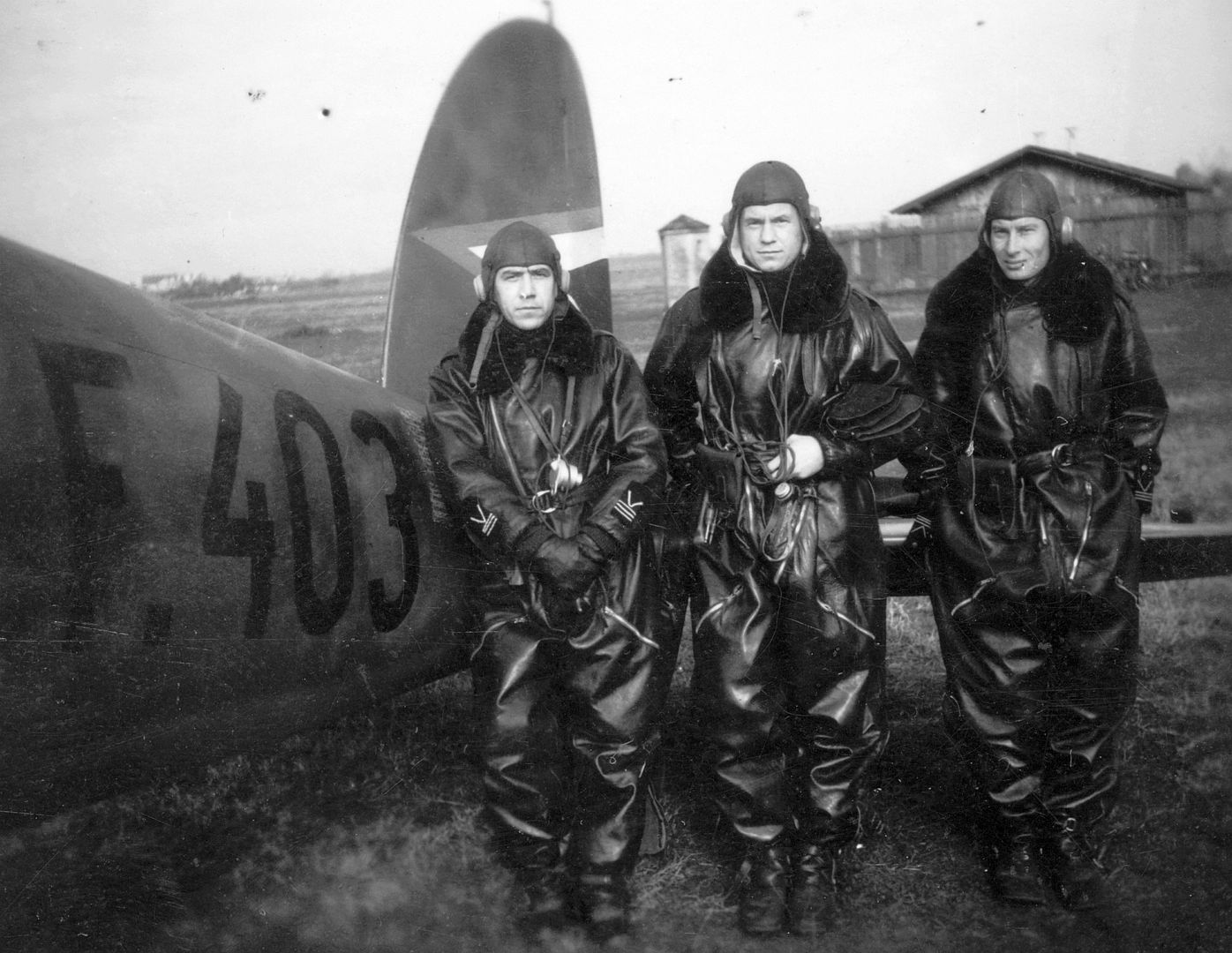
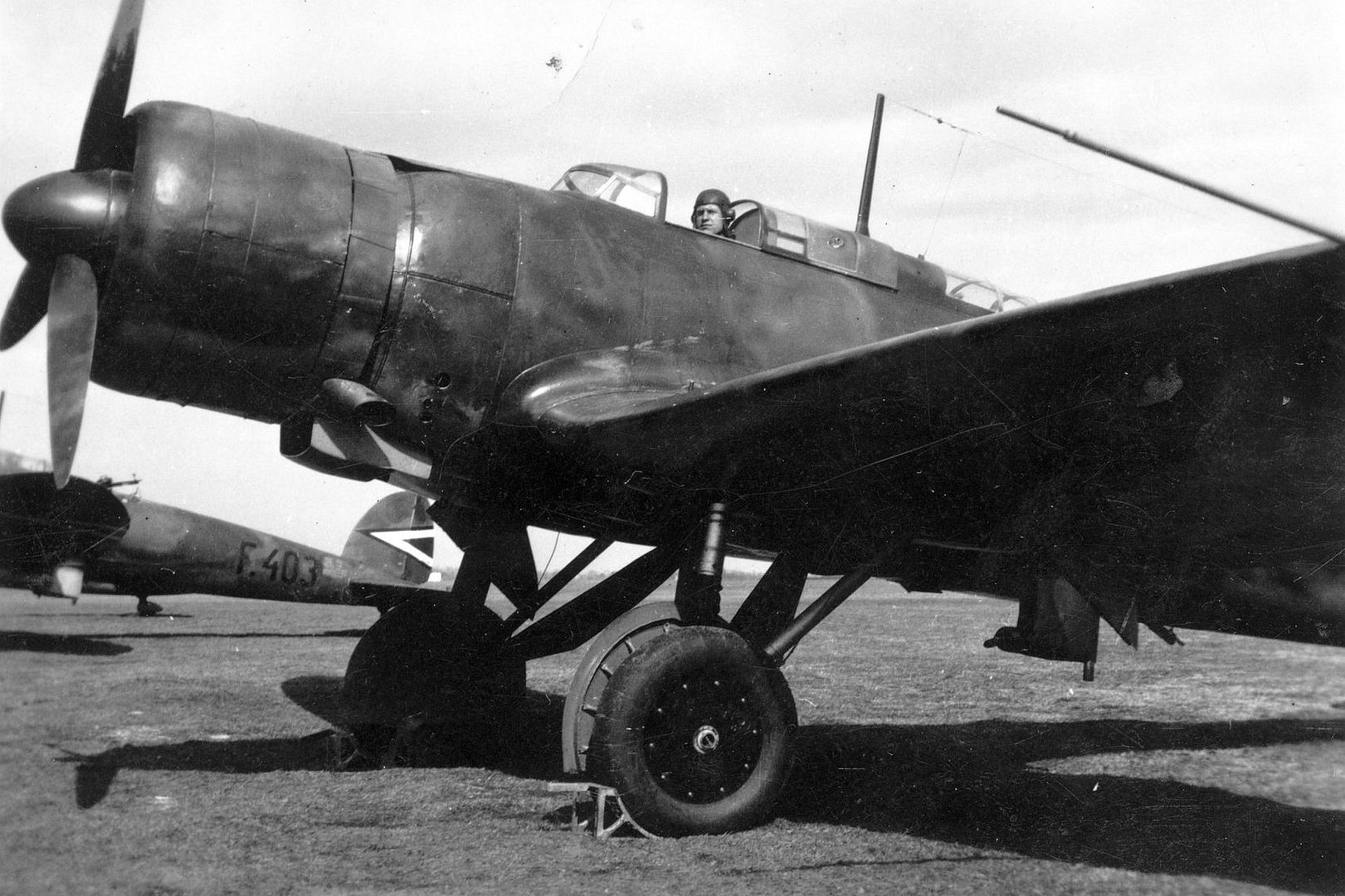
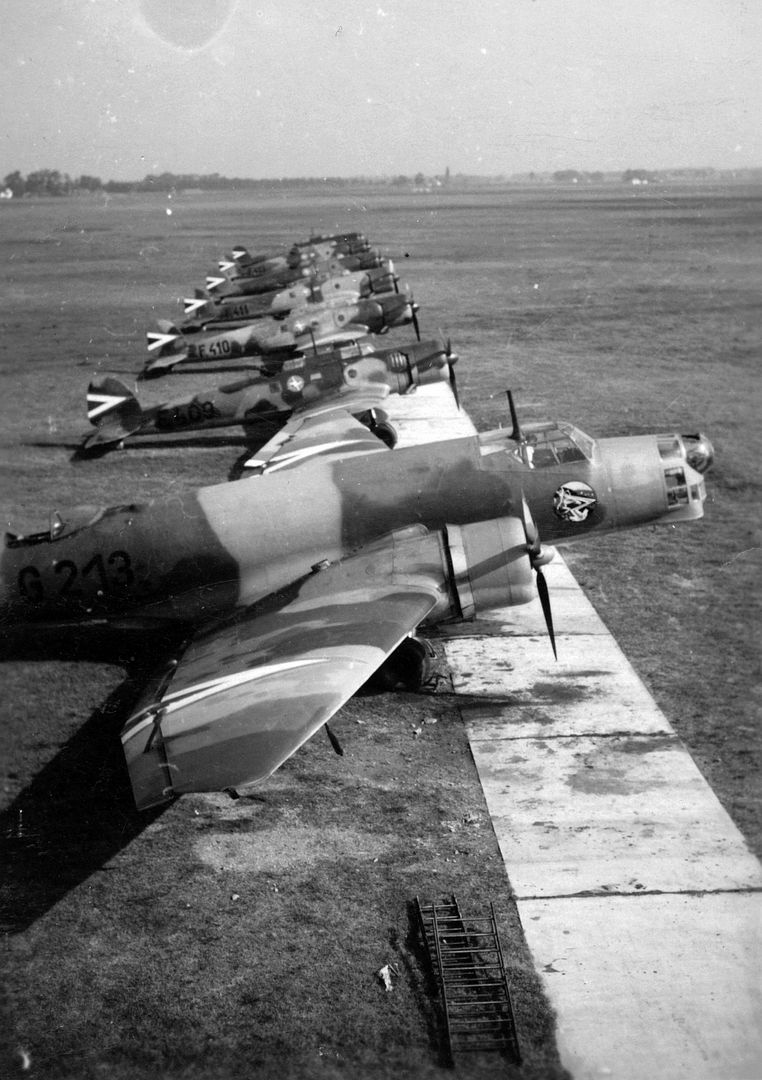
Weaknesses
A major weakness of the He 70 in military use was the fire risk. Parts of the airframe were made out of an extremely flammable magnesium alloy called "Elektron", though the majority of the monocoque fuselage was Duralumin. Elektron is very light yet strong, but burns readily when ignited and is difficult to extinguish. Moreover, each wing contained a non-self-sealing 210-litre (47-imperial-gallon) fuel tank, which may have further added to the aircraft's reputation for catching fire. Other problems included poor defensive armament, short range and poor view from the cabin, all of which led to the Hungarian He 170A fleet being prematurely retired and replaced with obsolescent Heinkel He 46 parasol-wing monoplanes, until Focke-Wulf Fw 189 "Uhu" medium altitude observation aircraft could be introduced.
Specifications (He 70F-2)
General characteristics
Crew: three (pilot, radio operator and gunner)
Length: 11.7 m (38 ft 5 in)
Wingspan: 14.8 m (48 ft 7 in)
Height: 3.1 m (10 ft 2 in)
Wing area: 36.5 m2 (393 sq ft)
Empty weight: 2,360 kg (5,203 lb)
Gross weight: 3,386 kg (7,465 lb)
Max takeoff weight: 3,500 kg (7,716 lb)
Powerplant: 1 × BMW VI 7.3 Z V-12 liquid-cooled piston engine, 550 kW (740 hp)
Propellers: 2-bladed variable-pitch metal propeller
Performance
Maximum speed: 360 km/h (220 mph, 190 kn) at sea level
Cruise speed: 295 km/h (183 mph, 159 kn)
Range: 1,820 km (1,130 mi, 980 nmi)
Service ceiling: 6,000 m (20,000 ft)
Time to altitude:
1,000 m (3,281 ft) in 2 minutes 30 seconds
4,000 m (13,123 ft) in 15 minutes
Armament
Guns: 1 × 7.92 mm (0.312 in) MG 15 machine gun in the rear cockpit
Bombs: 6 × 50 kg (110 lb) or 24 x 10 kg (22 lb) bombs internally
Post a reply
- Go to Previous topic
- Go to Next topic
- Go to Welcome
- Go to Introduce Yourself
- Go to General Discussion
- Go to Screenshots, Images and Videos
- Go to Off topic
- Go to Works in Progress
- Go to Skinning Tips / Tutorials
- Go to Skin Requests
- Go to IJAAF Library
- Go to Luftwaffe Library
- Go to RAF Library
- Go to USAAF / USN Library
- Go to Misc Library
- Go to The Ops Room
- Go to Made in Germany
- Go to Campaigns and Missions
- Go to Works in Progress
- Go to Juri's Air-Raid Shelter
- Go to Campaigns and Missions
- Go to Works in Progress
- Go to Skinpacks
- Go to External Projects Discussion
- Go to Books & Resources
